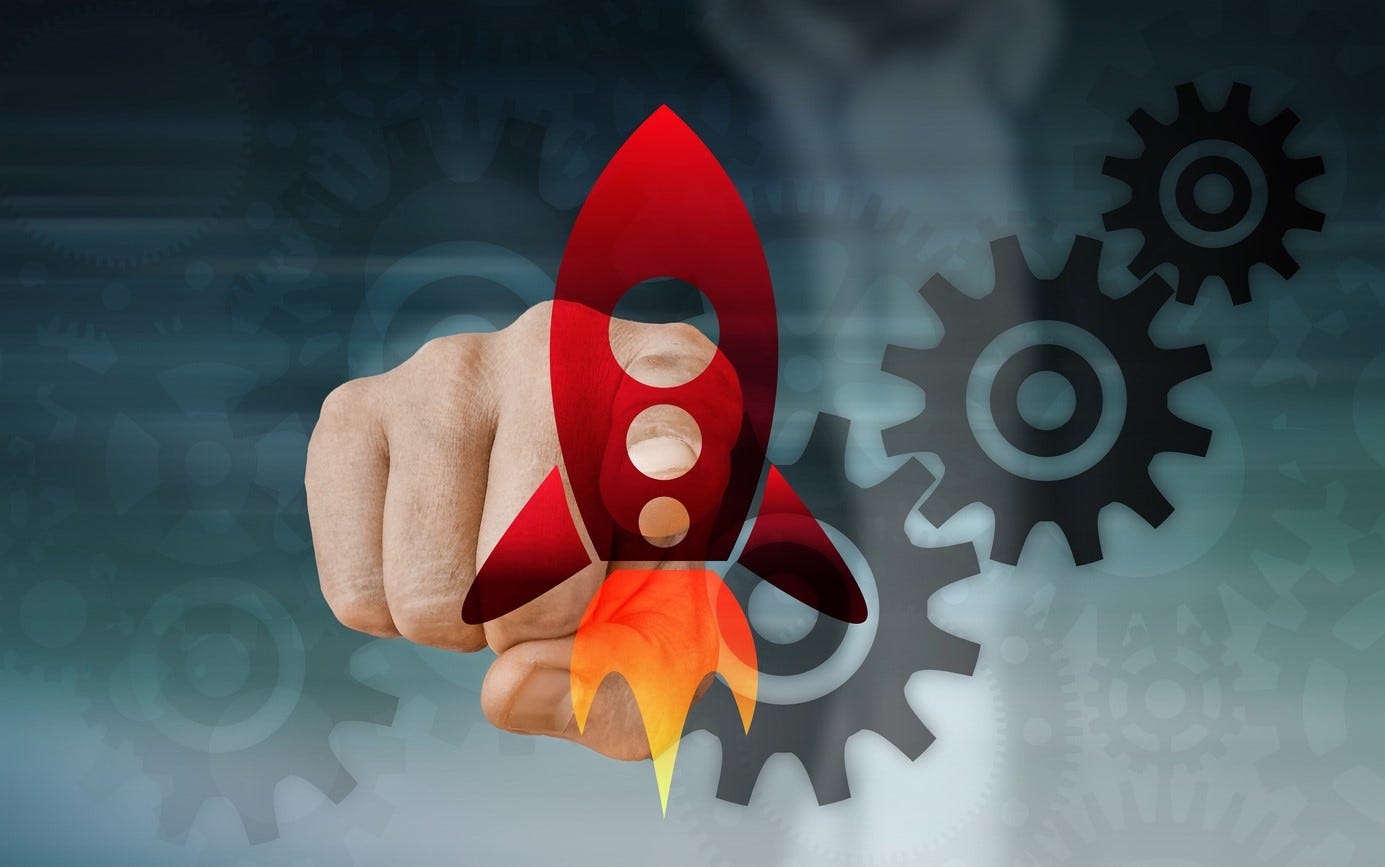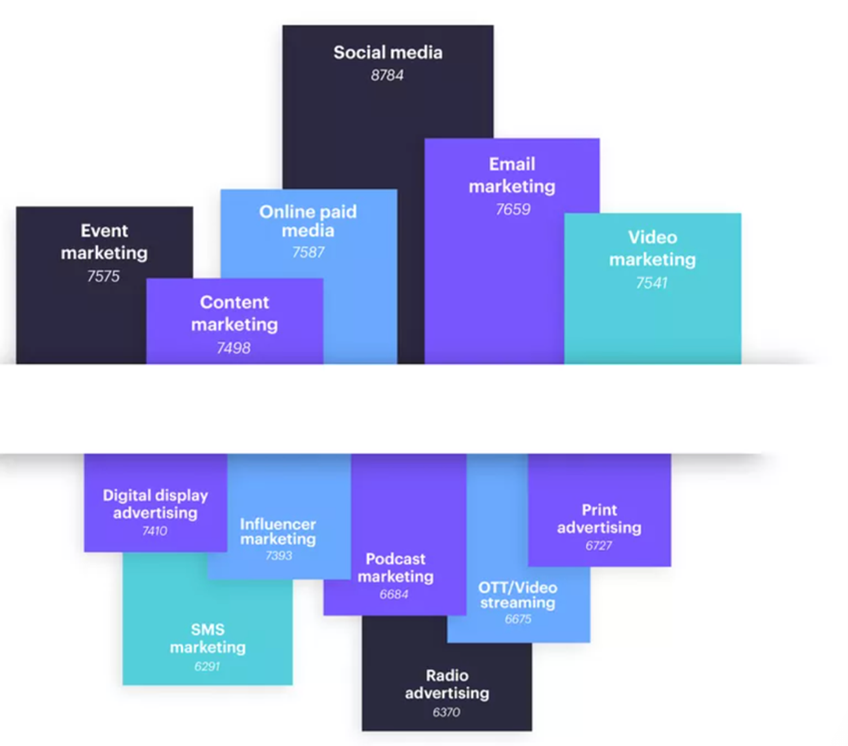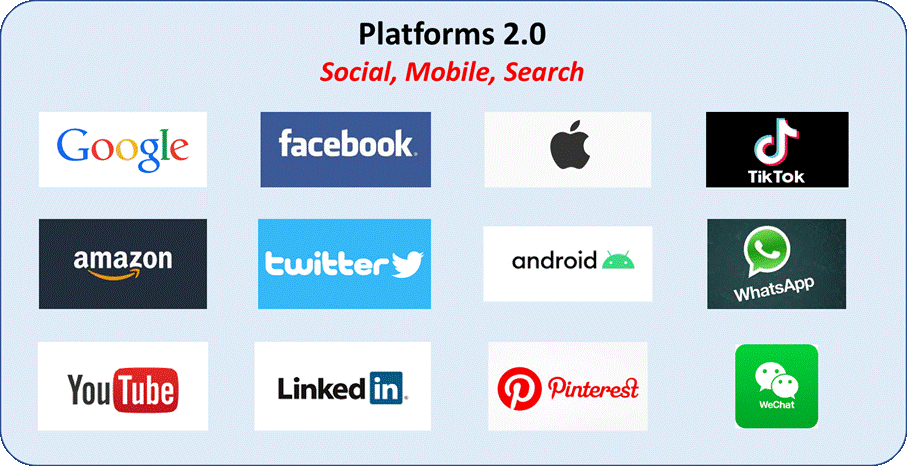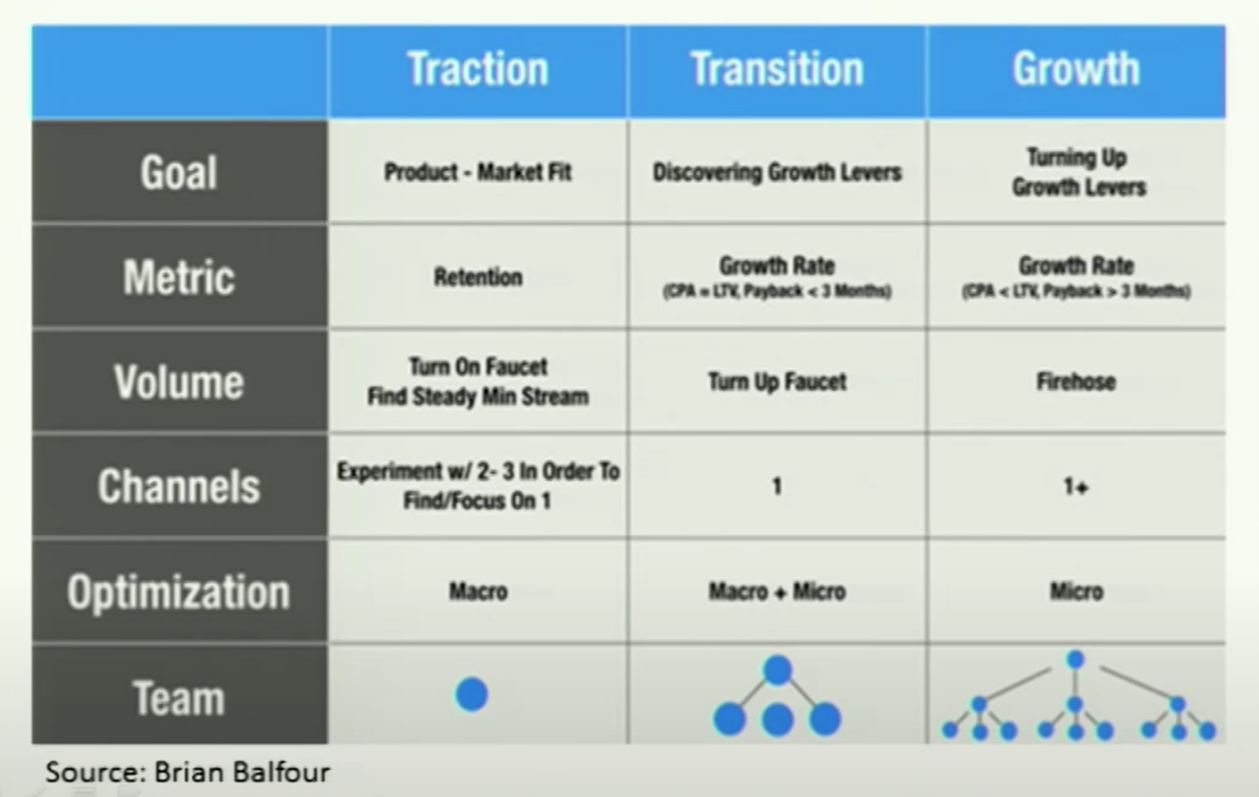French Startups to EU’s Scaleups Part II: The global playbook for the next generation of Entrepreneurs preparing for the long road

mars 8, 2021
Part II: Customers, Products, Marketing & Sales
By Pascal Laik and Denis Barrier
About the Authors: Pascal Laik is a seasoned technology executive with a 26-year track record of building high-performace teams and explosive international growth for rising scaleups to tech titans such as Oracle. Denis Barrier is the co-founder & CEO of global venture capital firm Cathay Innovation and was an investor and board member in one of Laik’s companies.
France has become one of Europe’s hottest technology hubs — — yet, we have yet to produce meaningful startup exits compared to the likes of the US, China or even other neighboring European regions. Of the 99 reported $1B+ VC-backed European tech companies in 2019, France accounted for 11 billion-dollar startups not counting Paris’ most recently minted “unicorn” Mirakl at its $1.5B valuation.
As global investors, we’ve seen first hand the rise of succesfull startups to scaleups around the world from developed countries to emerging regions alike. While France may be behind in terms of €1B+ exits and valuations, we remain confident in the potential of the country as a rising startup nation for several factors — a large pool of talent, pro-digital government and, above all else, a new generation of mission-driven entrepreneurs looking to make a positive impact on France (and the world) through technology who are dedicated to seeing their vision become a reality.
So how can France’s burgeoning ecosystem of ambitious entrepreneurs go from emerging startups to Europe’s next scaleups? In part II of this series, we’ll share key learnings from our experience in helping startups everywhere scale and lead — both on the local and global stage. Today, we’ll cover critical aspects from customer retention to building a differentiated product roadmap and industrializing marketing and sales for predictable revenues.
For a closer look at the beginning of the startup journey — creating a meaningful vision, building culture and a balanced leadership — see part I of the series here. By examining innovation hubs — not just from Silicon Valley but from around the globe, our hope is to share the key patterns of success that will help the new generation of entrepreneurs in France and beyond prepare for the long road.

Customer Retention: How Succesful Customers Are the Best Sales Function
Successful scaleups shoot for absolute delight of every single one of their customers. Happy customers will be instrumental as references, which is the base of the obvious use-case — replication. More importantly happy customers will drive higher retention rates, the foundation of revenue growth. Securing them is by far the highest priority over and above any other company objectives, including sales.
Consider this — it costs a business anywhere from 5 to 25x more to acquire a new customer than it does to sell to an existing one. Moreover, existing customers spend 67% more than new customers and a 5% increase in retention means a minimum of a 25% increase in profit.
To reach retention goals, a clearly identified owner (e.g., COO, Sales or Customer Success lead) and all aligned resources (e.g., the CTO office, QA, Engineering teams, etc.) should treat it like a formal ISO 27001 risk analysis. How do customers perceive the solution and the service? What could go wrong? What threats exist today or may arise tomorrow such as alternative internal or external solutions?
Every threat should be evaluated on the dimensions of risk level and occurrence probability. For each one, a formal action plan should be defined and executed to minimize the overall risk of churn. In short, the proven and perceived value delivered should be high enough to continuously justify the recurring spend. This includes the ability to run, at any point, an ROI and TCO analysis of the solution.
Further, the time is now to work with your customer’s champion on writing and sharing their success story publicly. The more the investment is justified with tangible achievements and metrics, the better. It’s always a wonder to see just how much successful customers can be the best sales function.
Building a Differentiated Product Roadmap: Balancing Customer Asks, Scale and Innovation
Many startups make the mistake of building what they think customers want versus reality. The best scaleups know how to source their product roadmap on formally expressed customer needs. Besides the customer success team’s feedback, one interesting tool is a formal Customer Advisory Board.
This includes selecting 10+ of the best customers and bringing them together to discuss a proposed roadmap. They are given the opportunity to pitch ideas to peers and vote on the highest priorites or, for instance, an open allocation of a virtual €100 on all roadmap items. Customers will appreciate the chance to be involved in investment decisions, feeling listened to and engaged, as well as benefitting from networking opportunities. Yearly events allows for recurring reunions and an opportunity to track progress against asks. Last but not least, the end result is a customer driven roadmap.
Another fundamental goal is to successfully position the company with analysts. Companies should identify the most influential analysts in their markets, not only to educate them on their product, but to turn them into trusted advisors. From a roadmap standpoint, as they regularly talk to a large number of customers and market competitors, analysts can be an invaluable source of insightful inputs. By executing on their recommendations, positioning will naturally increase in rankings year after year both on product vision and ability to execute.
Finally, it’s important to balance the above roadmap with other priorities, including:
1. Investing in the product foundation to secure scalability, performance and reliability. The $1M to $10M phase is often the time when the product is (partially) re-built. Co-existence of the two versions will be a challenge but should be treated as a typical continuous bevel-type migration that is as transparent to users as possible. Another key here is to adopt the latest available technical components — in modern internet architecture, Lego bricks are the right bet versus coding it all!
2. Encourage and reward innovation. The organization made it to this point thanks to the innovation capability of the team. It is critical to maintain this skill. Scaling requires continuous questioning, reinventing and innovation.
3. Identify and prioritize low hanging fruit which represent non-negligible and fast returns for corresponding limited investments.
4. The concept of a silver bullet, giving an unfair competitive advantage, is worth all of the above if every other aspect of the product is “good enough”.
The best scaleups are able to use the above to define and execute on a roadmap that differentiates the product, addresses customer needs against the competition and supports the company’s overall vision.
Marketing & Sales: Industrialize for Predictable Revenues
According to the “State of small business marketing” (Campaign Monitor), nearly 57% of small businesses report having a dedicated in-house marketing team. This is critical as scaling a startup is all about distribution. The challenge turns from “make stuff people want” to “make stuff people want and know about”! The diagram below outlines the best methods for attracting new clients, ranked from best to worst from an ROI standpoint:

I. Source: Campaign Monitor, The State of Small Business Marketing 2019
It’s surprising to see some startup CEOs spend nothing on marketing and claim “purely organic” customer acquisition. It’s a wasted opportunity to ignore the incredible distribution and marketing tools available today that previously didn’t exist. Successful scaleups know how to use these technologies to reach a maximum number of prospects cost effectively.

Today, having a great product is the prerequisite — there’s no special points for solutions that work. The differentiator is the ability for prospects to know who you are and how to find you. It is vital to spend the time and energy required to nail customer acquisition strategy. A great set of literature exists on this topic and the idea of adapting strategy, goals and metrics to the right stage. Brian Balfour’s table below is a good example.

Another important aspect is to test and identify your winning distribution channel. Should it be indirect, it is time to simplify your sales kit with a packaged elevator pitch, a short deck, transparent pricing, objection handling and references so that understanding, presenting and selling is simple and requires as little support as possible.
At the growth stage, marketing operations should be mostly driven by lead gen goals above branding objectives. The priority should be to definine and implement a lead gen machine using the most efficient direct and indirect marketing levers to fuel the beginning of the sales funnel. Close rate targets between key milestones should be defined, tracked and improved such as new leads, leads-to-meetings and meetings-to-sales validated opportunities.
Finally, the best scaleups implement a well scripted sales process. Some reports indicate that only 13% of sales reps bring in 87% of revenue and 40% of teams don’t have a playbook but those that do are 33% more likely to be high performers. It is critical for the sales process to be industrialized.
The corporate pitch should be prepared, distilled, rehearsed and mastered throughout the organization. The best presentations mix slides (sparingly), videos, demos, posters, white board sessions and customer testimonials. A well defined sales cycle should be supported by all teams: pre-sales, CSM, product, management… afterall, everybody works in sales eventually. Implementing a methodology can help standardize sales processes, replicate best practices and raise execution quality. At minimum the following practices should be industrialized:
1. Clear deal qualification criteria
2. Detailed value proposition recap memo
3. Influence map
4. Value/ROI definition linked to prospects’ corporate objectives
5. Joint close plan
6. A sales “cadence” including quarterly business reviews, weekly forecast calls, week 6 executive call reviews, etc.
7. And of course: a CRM with funnel KPIs, mandatory meetings/demo rehearsals, win/loss detailed analyses and business analytics.
Parting Thoughts: Dream On, Think Big Picture & Plan for the Long Road
From the first steps of the startup journey and creating a meaningful vision, culture and leadership to customer retention, building a differentiated product and marketing and sales — there’s much that goes into scaling a startup with these topics being just some of the key areas we’ve seen in success stories across the world.
But remember, there’s no one recipe for the ulitimate success of a startup with the true potential being in the purpose, the mission, the dedication and the vision of the founding team. We are continuously impressed by the drive of the new generation of entrepreneurs in France — and beyond — who are committed to fundamentally changing the status quo for the better through technology. In our role as investors — we are equally committed to helping entrepreneurs realize their vision and hope by sharing our global learnings, they will take on the startup journey with the big picture and the long road in mind.
To see the article, please follow this link: https://medium.com/@denisbarrier/french-startups-to-eus-scaleups-the-global-playbook-for-the-next-generation-of-entrepreneurs-164876eee857